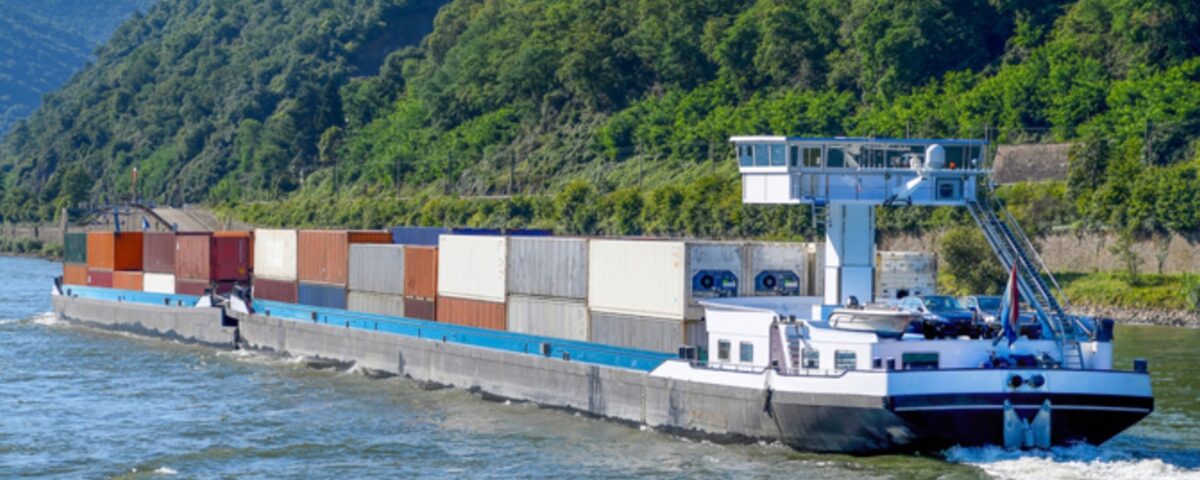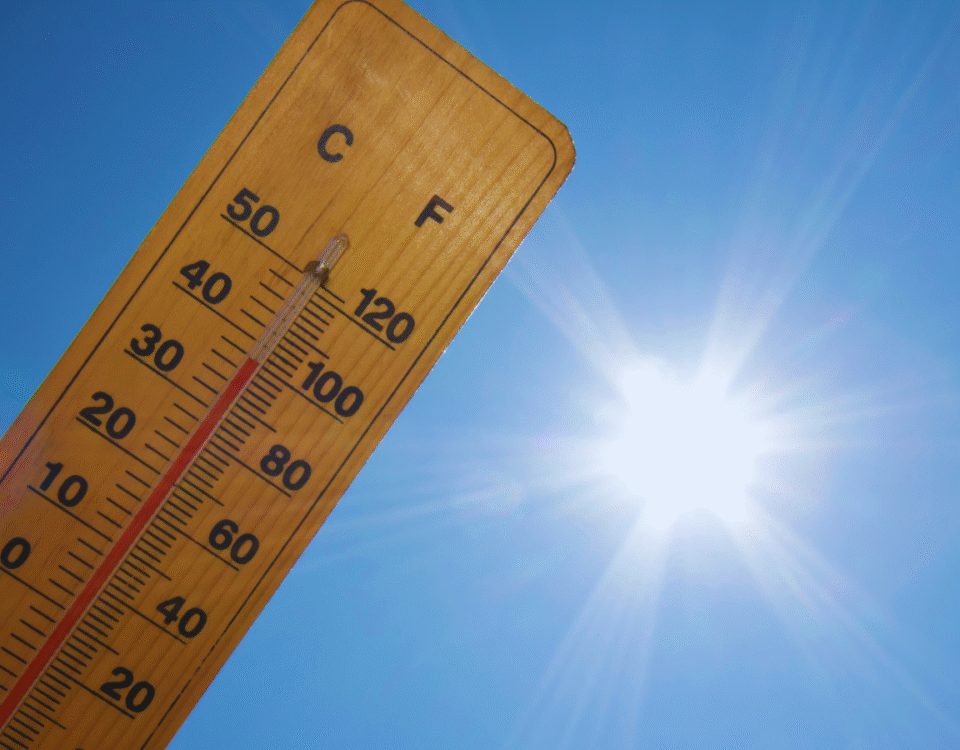
How the U.S. Can Borrow Less
July 24, 2025
July 2025 Friday’s e-links: Contemplating the Consumer
July 25, 2025Called the diamond water paradox, Adam Smith wondered why diamonds cost more than water when we need water to survive and diamonds are merely an extravagant luxury. Years later, economists had the answer.
It took them to the margin, to the cost of the next extra unit. With diamonds, we would rather have that one extra diamond and will pay a lot for it. However, with water, when there is a lot, the next extra glass, or flush, or shower costs little…
…Until we have a drought.
River Levels
According to the farm journal, AgWeb, for every foot that a water level sinks, a barge can carry 7.000 fewer bushels of soybeans.
Because of a western European heat wave, Rhine River water levels are down. With reduced cargo capacity, ships traveling with commodities between Duisburg and Cologne have been close to 40-50% full. As a result, spending extra money, shippers need additional boats to carry leftover cargo and implement faster turnover.
Elsewhere, ranging from Washington State and the Mississippi River in the U.S. to the Danube River in Hungary, temperatures as high as 104°F (40°C) have constricted shipping when river levels sink. Along the Mississippi, recent barge rates have been up as much as 57% compared to a three-year average. In some places, farmers have dumped crops when high transport costs did not justify shipping them. Economists cite as much as $293 million lost by soybean farmers because of low river levels in 2022.
Our Bottom Line: The British Coastline
When we talk about Global Warming or Climate Change, our perspective is distant, rather like looking at the earth from space. However, when we bring our lens in closer, over and over again, we see multiple specific impacts that start with sinking river levels.
And, as always, that takes us to the British coastline. The closer we look, the more we see as it gets longer:

My sources and more: Today’s facts began with the Reuters drought report. From there, we continued with facts about Europe from The Washington Post, The Guardian, and more from Reuters. Then, returning to the U.S., the Waterways Council, Talk Business and the Columbian had the details about the Mississippi River. And finally, you might want to keep an eye on this drought monitor (as I do).
Please note that several of today’s sentences were in a past econlife post.
![econlifelogotrademarkedwebsitelogo[1]](/wp-content/uploads/2024/05/econlifelogotrademarkedwebsitelogo1.png#100878)




